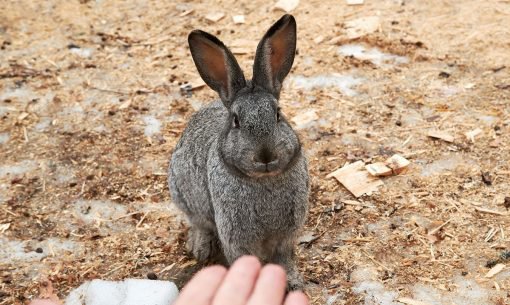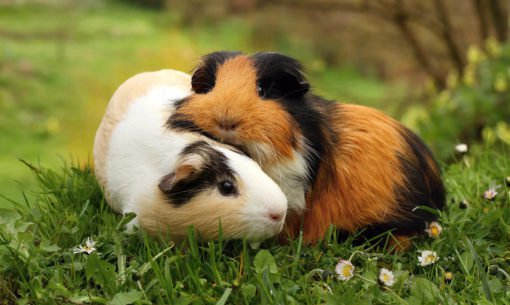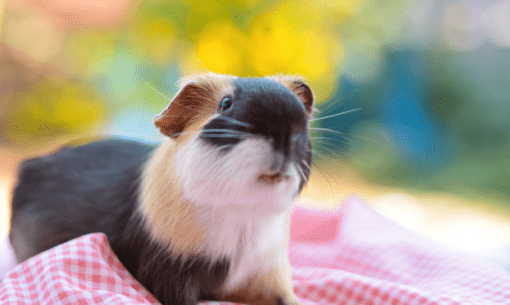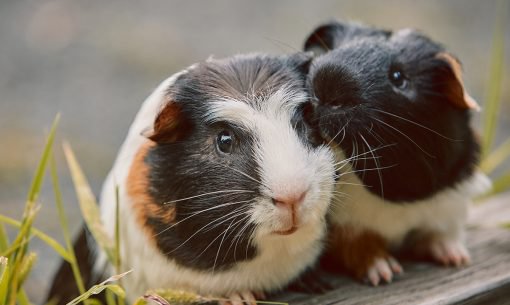Rabbit rescues and rehoming: all you need to know to adopt a rabbit
Up and down the country there are lots of rabbits needing loving homes, and what could be more rewarding than welcoming a rescue bun into your life? When we talk of rescues, an image of a neglected pet in need of some TLC may spring to mind, but that isn’t always the case. All sorts of factors can lead owners to have to make the heart-breaking decision to rehome their small pets, from financial worries to simply underestimating the care that these small pets need and deserve.
So if you are thinking of offering a forever home to a rescue bun or guinea pig, read on for all you need to know to give your new pal the best start.
How to adopt a rabbit
Rehoming a small pet through a rabbit rescue centre is a good idea – they are likely to have lots of know-how to help find the pet that’s the perfect match for you and your other four-legged friends. They will also be able to help support you through the settling-in period, and in the event that the match doesn’t work out, or bonding is proving a challenge, they will be able to advise you on the best course of action.
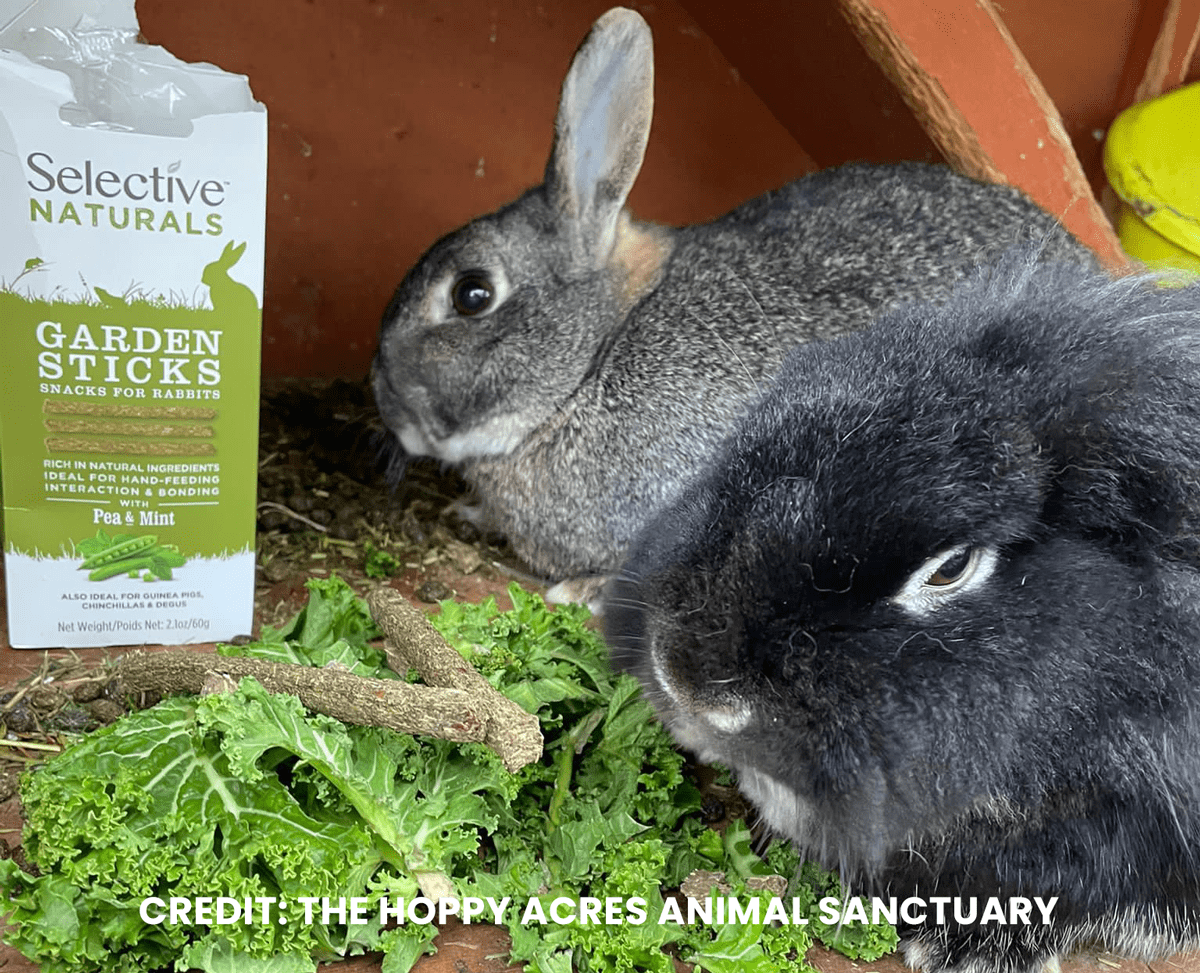
Can I adopt a single rabbit?
Rabbits and guinea pigs are social creatures, and having company is important for their wellbeing but adopting a single rabbit is OK in some circumstances. Maybe you have recently lost a much-loved bun due to age, or health reasons, leaving your other rabbit lonely and in need of companionship.
It is a good idea to try and adopt a rabbit of a similar age to your pet though – for youngsters this will increase the chances that they will have many happy years together, while older rabbits looking for a ‘retirement home’ will not have to contend with the exuberance of youth.
Remember it’s never too late to find a friend for your bun!
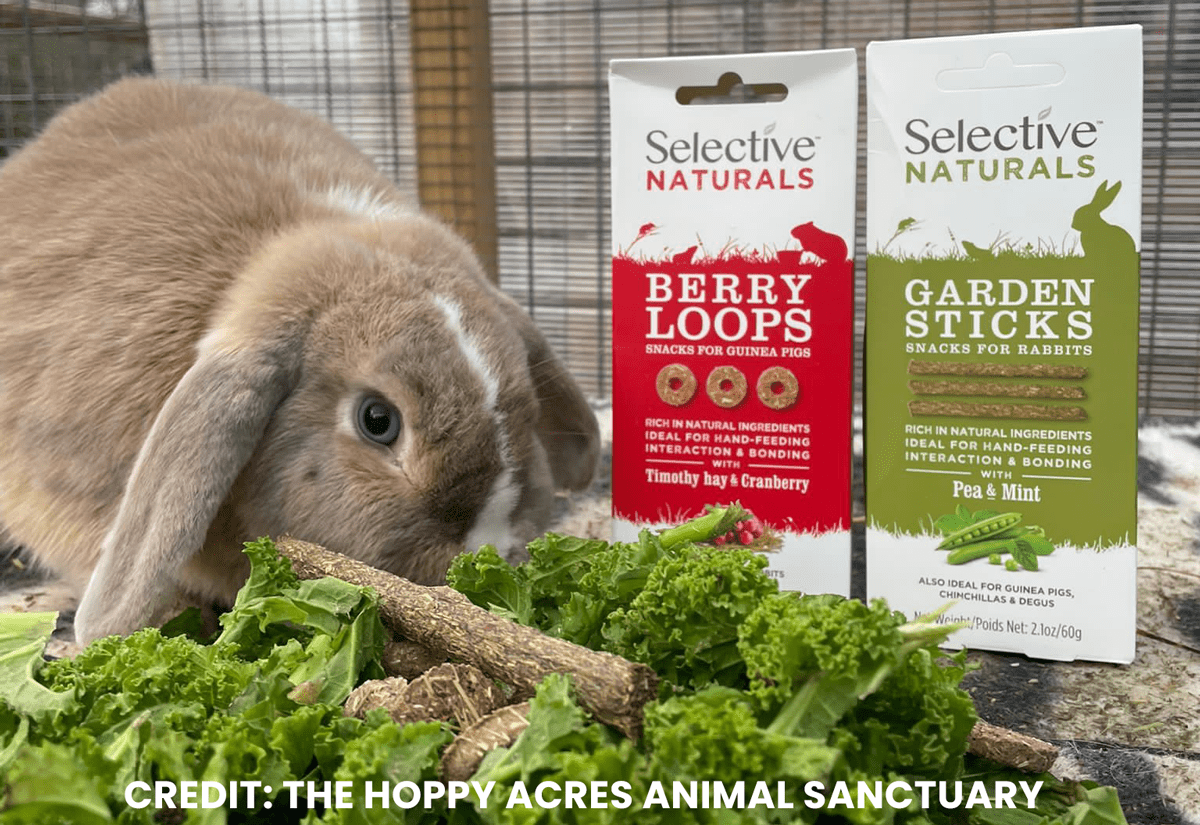
Which rabbit pairs work best?
A neutered female with a neutered male is often the most successful combination but same sex pairings can also work. Both rabbits should be neutered to reduce the risk of fighting and these pairings tend to work better if they are introduced as youngsters.
If you are rehoming a pair of bonded buns or guinea pigs, the settling in period should be pretty straightforward. However, if you are rehoming a singleton as a companion, careful introductions mean the settling in period will require a spot of prior planning. After all, you may think that the bunny you met at the rescue centre is the bee’s knees, but will your four-legged friend agree?
Ten top tips for bonding rabbits
- Both rabbits should be neutered.
- Start with two separate runs, one for each bun, and gradually move them closer together.
- Placing the runs on grass will allow them to graze. Grazing is a social activity and also gives them something to do, removing the full focus from their new friend.
- Neutral territory is best. Some rescues invite your pet to come and stay on site to meet their potential pal.
- Positive signs include eating or lying down close to each other, and if things seem pretty relaxed, you can start the introductions at closer quarters…
- The run should be big enough that they can get away from each other, but not so big that they can disappear from sight.
- Provide plenty of enrichment. Some delicious hay put into several piles, or a few tempting treats such as Selective Naturals Berry Loops, provide a tasty distraction and help to make positive associations with a new pal.
- Ensure adequate resources to reduce the risk of arguments, so two water bowls, two food bowls (or even better, scatter feed nuggets), and several piles of hay.
- Avoid small hutches, hides or tunnels where one rabbit could trap another.
- Have a plan to intervene if a squabble breaks out…thick towels are handy for this and be sure to pick a time when you can keep a close watch on proceedings!
Fun fact: Happy rabbits will constantly twitch and wiggle their nose!
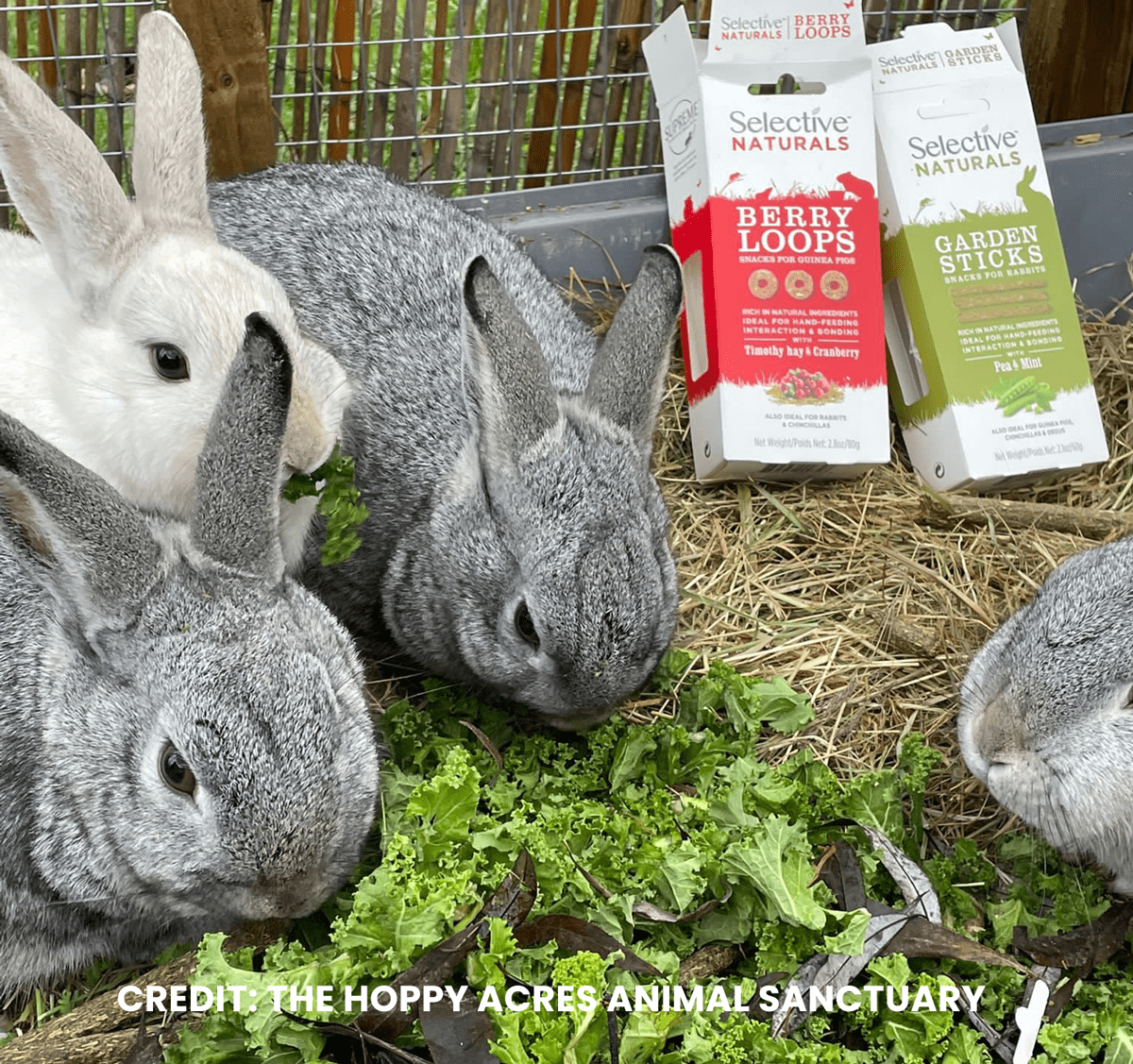
Nutrition for the prime of life
When it comes to rabbits and other small pets, feeding a species-specific diet tailored to their needs is key and feeding a diet that is spot on will help to get you journey together off to the best start. Many pets who end up in rescue centres are fully fledged adults and feeding them a carefully measured portion of Science Selective Adult Rabbit Food or Science Selective Guinea Pig Food, alongside unlimited hay and a handful of leafy greens, will help ensure that you are doing your best to keep your new pet healthy and happy.
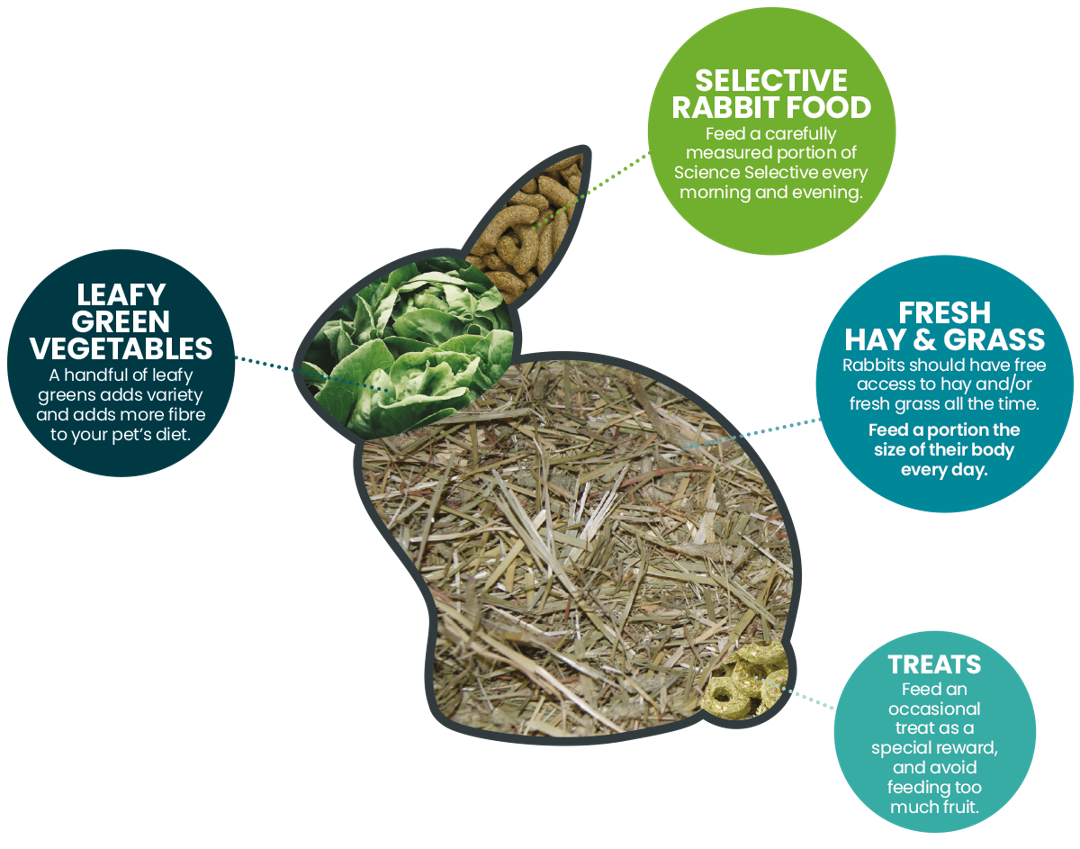
The best start for baby bunnies
Of course it isn’t just adult pets who end up needing a new home. Unplanned or ’accidental’ litters mean that even cute baby buns can end up on the rehoming list. Optimum nutrition is never more important than during those first few months of life.
If you are shortly to become pet parent to a baby bunny or guinea pig you may be interested to know that just as puppy and kitten diets give dogs and cats the best start in life, junior diets for smaller pet pals are equally important. Science Selective Junior Rabbit Food and Selective Junior Guinea Pig Food have protein levels just right for promoting healthy growth and development. They give young animals the best start in life and are suitable for feeding up to the age of 20 weeks.
And of course sometimes it’s the senior citizens of the small pet world who end up on the move. Energy requirements decrease with age, partly due to a slowing of the metabolism and partly due to reduced activity levels. Science Selective Four+ Rabbit is designed to perfectly meet the nutritional needs of older buns – high fibre supports healthy digestion, while reduced protein levels help maintain a healthy weight. Providing them with nutrition tailored to their advancing years, supports health and wellbeing for a happy retirement.
Whatever the age of your rescue rabbit or guinea pig, there’s a diet to suit their needs. Just remember to make any dietary transitions gradually to avoid upsetting delicate digestive systems.
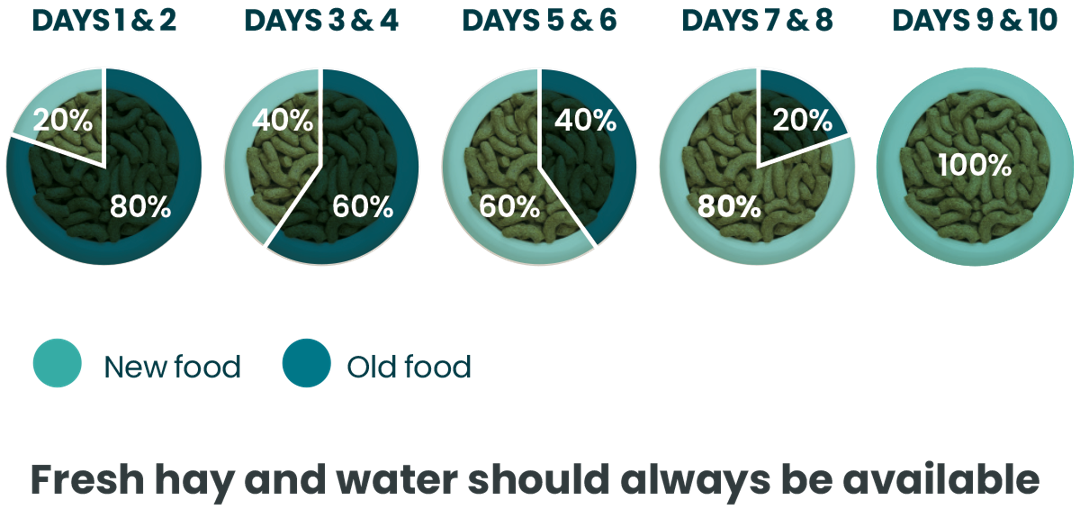
Other ways to help
Of course there are other ways that you can help when it comes to supporting rabbit rescues and rehoming centres. From donating money or rabbit food, to giving up your time to volunteer or fundraise, there’s plenty you can do even if you don’t have room in your life for another pet pal.

